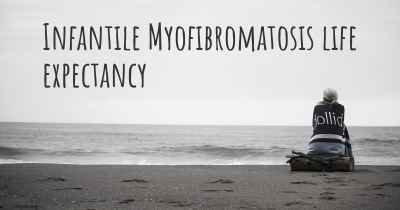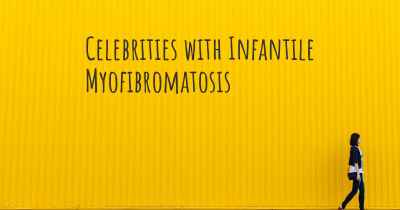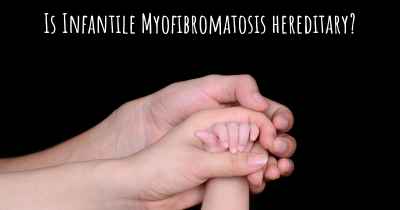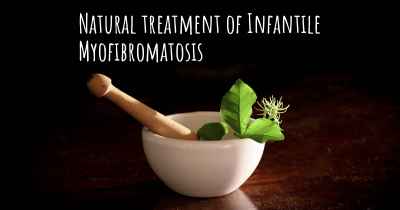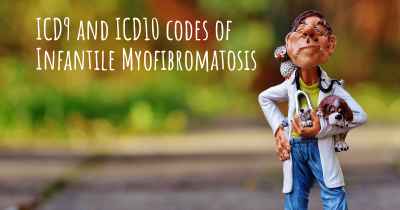Living with Infantile Myofibromatosis. How to live with Infantile Myofibromatosis?
Can you be happy living with Infantile Myofibromatosis? What do you have to do to be happy with Infantile Myofibromatosis? Living with Infantile Myofibromatosis can be difficult, but you have to fight to try to be happy. Have a look at things that other people have done to be happy with Infantile Myofibromatosis
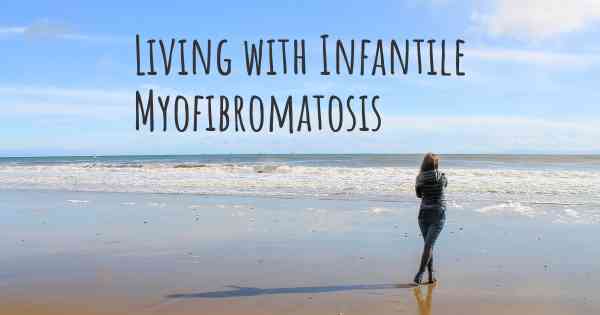
Living with Infantile Myofibromatosis
Infantile Myofibromatosis (IM) is a rare condition characterized by the development of benign tumors in various parts of the body. Coping with this condition can be challenging, both for the affected individual and their loved ones. However, with proper management and support, it is possible to lead a fulfilling life. Here are some important aspects to consider when living with Infantile Myofibromatosis:
1. Medical Care and Treatment
Seeking regular medical care is crucial for managing Infantile Myofibromatosis. Establish a strong partnership with a knowledgeable healthcare team, including pediatricians, specialists, and surgeons who have experience in treating this condition. Regular check-ups, imaging tests, and biopsies may be necessary to monitor the growth and progression of the tumors.
2. Education and Awareness
It is essential to educate yourself, your family, and close friends about Infantile Myofibromatosis. Understanding the condition, its symptoms, and potential complications can help you make informed decisions and advocate for appropriate care. Stay updated on the latest research and treatment options by connecting with reputable medical resources and support groups.
3. Emotional Support
Living with Infantile Myofibromatosis can be emotionally challenging. It is important to build a strong support network of family, friends, and professionals who can provide emotional support and understanding. Consider joining support groups or online communities where you can connect with others facing similar challenges. Counseling or therapy may also be beneficial in coping with the emotional impact of the condition.
4. Physical Well-being
Focus on maintaining overall physical well-being to support your body's ability to cope with Infantile Myofibromatosis. Follow a balanced diet, engage in regular exercise as recommended by your healthcare team, and get sufficient rest. It is important to listen to your body and avoid overexertion, as some physical activities may need to be modified or avoided depending on the location and size of the tumors.
5. Adaptive Strategies
Depending on the location and size of the tumors, you may need to develop adaptive strategies to manage daily activities. This could include using assistive devices, modifying your environment, or seeking occupational therapy to enhance your independence and quality of life. Work closely with healthcare professionals to identify and implement appropriate strategies tailored to your specific needs.
6. Regular Communication with Healthcare Providers
Establish open and regular communication with your healthcare providers. Keep them informed about any changes in symptoms, new developments, or concerns you may have. This will help them adjust your treatment plan accordingly and ensure you receive the best possible care.
7. Future Outlook
Infantile Myofibromatosis can vary greatly in its severity and long-term impact. While some cases may resolve spontaneously, others may require ongoing management. Stay optimistic and focus on the present while working towards the best possible outcome. Continue to educate yourself about new treatment options and advancements in medical research, as these may offer hope for improved outcomes in the future.
Remember, every individual's experience with Infantile Myofibromatosis is unique. It is important to consult with your healthcare team for personalized advice and guidance. By taking a proactive approach to your care, seeking support, and staying informed, you can navigate the challenges of living with Infantile Myofibromatosis and lead a fulfilling life.
